Related Tags
The 10 best amplification solutions for praise and worship guitarists
Whether you’re going direct or not, there are some great ways to amplify your worship tone
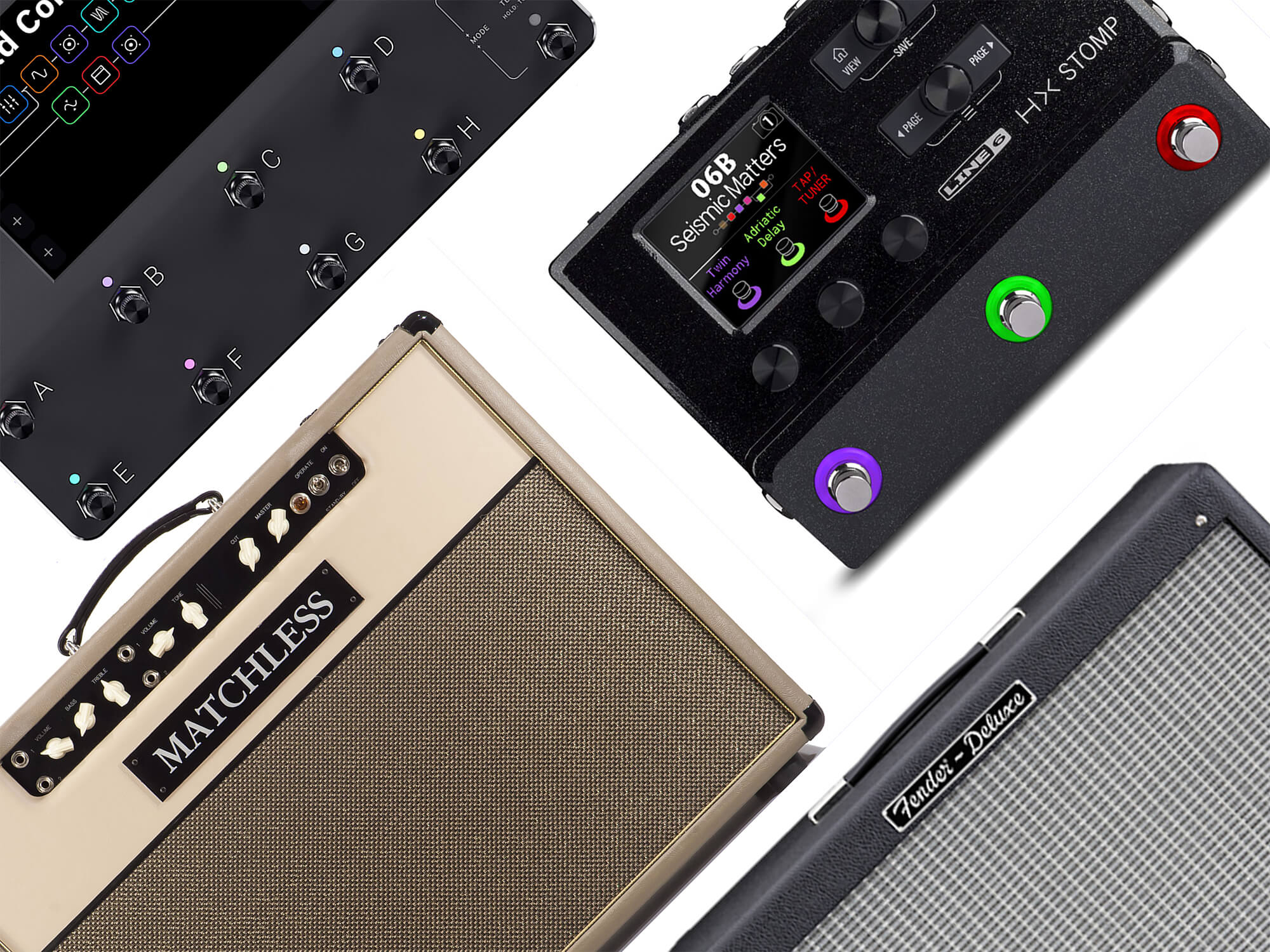
Praise and worship music might have a reputation as a pedal-focused genre, but pedals mean nothing without an amplifier to run them through. There are a number of approaches that work for playing in a church, and it all depends on the stage setup as well as your particular sonic needs. So let’s dive in.
What makes an amplifier good for praise and worship?
With most of the genre’s tones being centred around pedals, you can expect a good praise and worship amplifier to offer high headroom. This allows your pedals to speak for themselves – even if you are using an overdrive sound; you’ll be able to retain more control this way. Amps that break up easily will turn reverbs and delays to mush, and enter into compressed distortion when hit by too much gain – which isn’t really ideal.
Headroom, especially in tube amplifiers, is linked to wattage. A 100-watt amplifier will stay cleaner a lot louder than a 15-watt amplifier. This is also, of course, highly related to stage volume – how much you need varies from venue to venue, with some churches even using in-ear monitors. But in general, stage volume is fairly low – and so even a 15-watt tube amplifier will likely stay clean enough at the volumes we’re talking about.
That doesn’t mean the amplifier has to sound completely flat – the British chime of amps such as the Vox AC30 is common in the genre, adding a little sparkle to drive tones and a bit of character to long, ambient reverbs.
Traditional amp or going direct?
The above considerations mainly apply to old-school amplifiers. But equally popular in the genre are high-quality modelling amplifiers, ranging from the straightforward Strymon Iridium to the power of the Neural DSP Quad Cortex.
The most obvious benefit is their versatility, with modelling options either providing their own extensive effects libraries or integrating easily into an existing pedalboard. The benefit for the sound engineer is the amount of control they’ll have over sound levels – both out front, and on stage.
Whether you can ‘get away’ with a modelling amplifier depends greatly on the venue’s PA and monitoring situation. Quality sound setups are fairly common in churches – so it’s likely that you’ll be just fine, but it’s definitely something to consider before dropping serious cash on a Kemper or Quad Cortex.
The best amplification solutions for praise and worship guitarists at a glance:
Traditional amplifiers
- Vox AC-30
- Fender Hot Rod Deluxe
- Matchless DC-30
- Fender ’68 Custom Pro Reverb
- Boss Katana 100 MkII 2×12 combo
Modelling and direct
- Strymon Iridium
- Walrus ACS1
- LIne 6 HX Stomp
- Neural DSP Quad Cortex
- Kemper Profiler
Traditional amplifiers
Vox AC-30
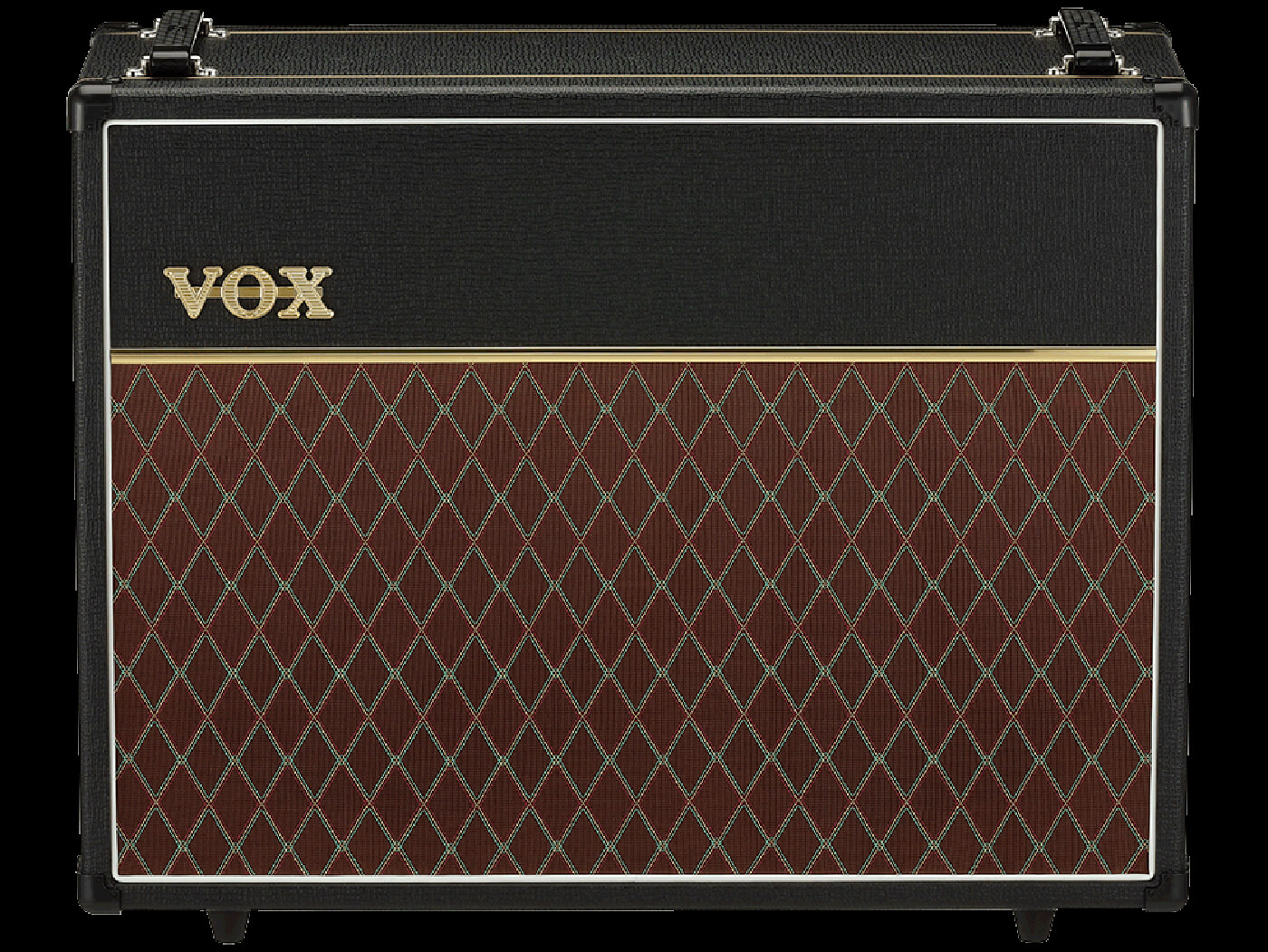
+ Characterful cleans
+ Helps you cut through the mix
– Might leave you wanting some extra heardroom depending on your pedals
Not much has changed about this legendary amplifier since 1958, but the latest edition of this classic combo comes with a few modern appointments. Most importantly for this list, there’s a true-bypass and switchable effects loop, which means more ambient effects can remain uncoloured by the preamp.
For clean tones, there is of course the gorgeous ‘chime’ – this is more focused on the upper-midrange and treble. This means that no matter how full the band mix is, you’re never really going to get buried. When pushed with something like a treble booster or transparent overdrive, the amp also retains a lot of dynamics, rather than entering saturated compression.
Price: £939 / $899.99
Description: 2×12 30-watt combo amplifier
Power rating: 30 watts
Speakers: 2×12” Celestion Greenback
Tube or solid-state: Tube
Fender Hot Rod Deluxe
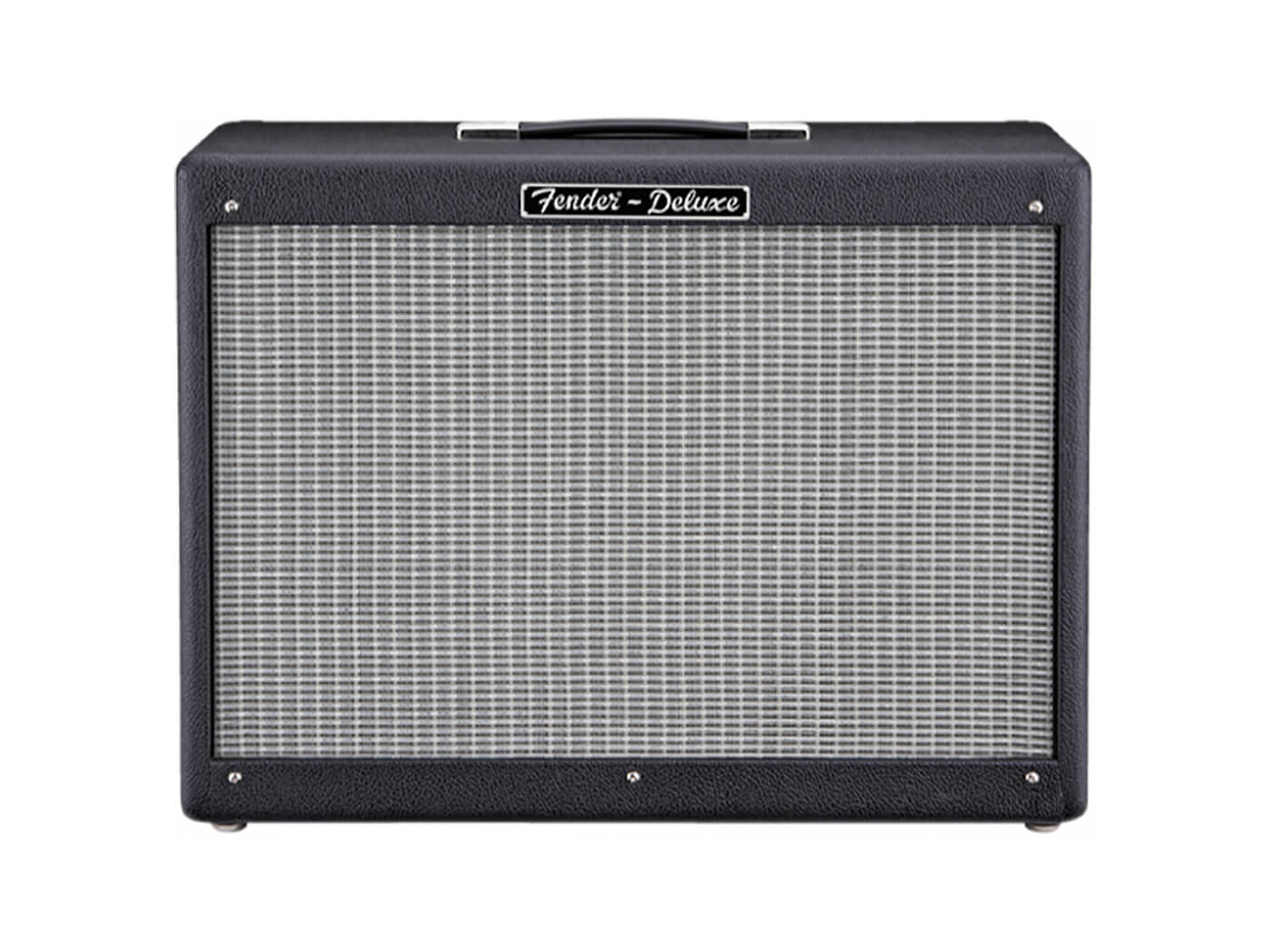
+ Classic Fender cleans
+ Famously excellent pedal platform
– Drive channel sounds aren’t the best
The Hot Rod Deluxe is capable of getting plenty loud, but it offers a little more control at lower volumes than its bigger sibling, the Hot Rod Deville. One speaker rather than two also means you’re at less of a risk of creating overpowering stage volume.
There’s an effects loop, but unless you’re planning on using the overdrive channel you’ll definitely be able to get away with running ambient reverbs and delays into the front of the amp, thanks to the heaps of headroom on offer.
The on-board reverb is also one of the best-liked things about the Hot Rod Deluxe, and it can give you just that slight extra bit of liveliness that can make your guitar stand out. It’s certainly not going to replace any ambient-focused pedals, but it will certainly combine well with them.
Price: £859 / $899.99
Description: Two-channel 1×12 combo amplifier
Power rating: 40 watts
Speakers: 1×12” Celestion A-Type
Tube or solid-state: Tube
Matchless DC-30
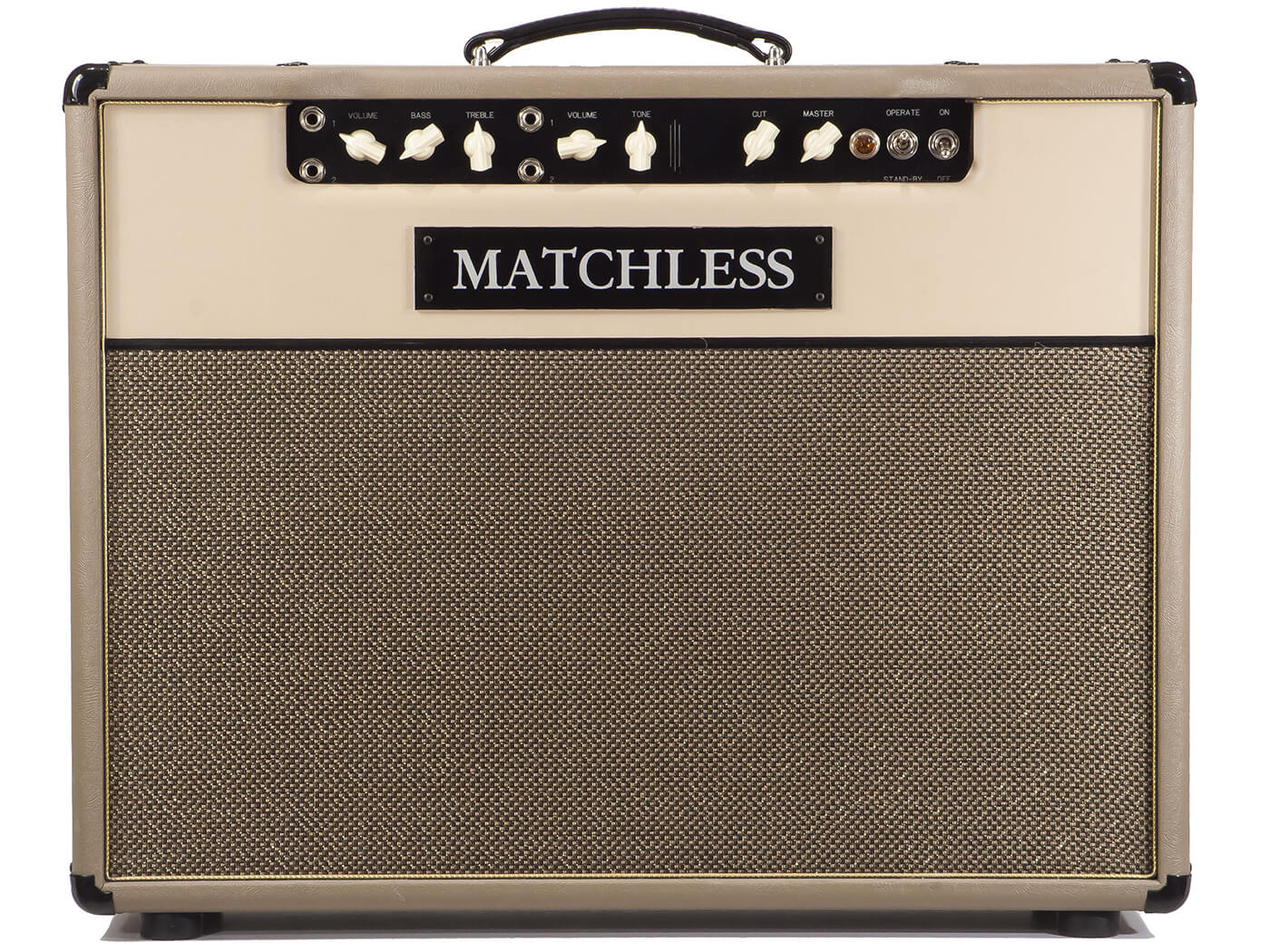
+ Boutique take on a classic sound
+ Chimey cut to help you stand out
– Expensive
Matchless’ DC-30 is a tribute to the sound of the Vox AC-30 – it’s a boutique take on that signature characterful chime. For this list there’s a few important features – there’s a half-power mode, if all 30 watts are too much for your stage setup, and individual effects loops for each channel if you want to separate out your ambient effects. There’s still bags of headroom in the front stage of the amplifier, but it will enter more saturated territory sooner than something like a Hot Rod Deluxe.
Channel Two’s tone knob isn’t actually a knob at all, and is instead a six-position tone switch. This means that even if someone messes with your settings, you’ll be able to return straight to the sound you had before.
A pair of 12AX7s in Channel One and one EF86 in Channel Two, combined with a four-EL-84 Class A power amp stage, offer the harmonically rich tones that keep your sound dynamic and interesting, even when played cleaner-than-clean.
Price: £4,195 / $ 4,256
Description: Boutique 30-watt 2×12 combo inspired by the Vox AC-30
Power rating: 30 watts
Speakers: 1 x Celestion G12H30, 1 x Greenback 25
Tube or solid-state: Tube
Fender ’68 Custom Pro Reverb
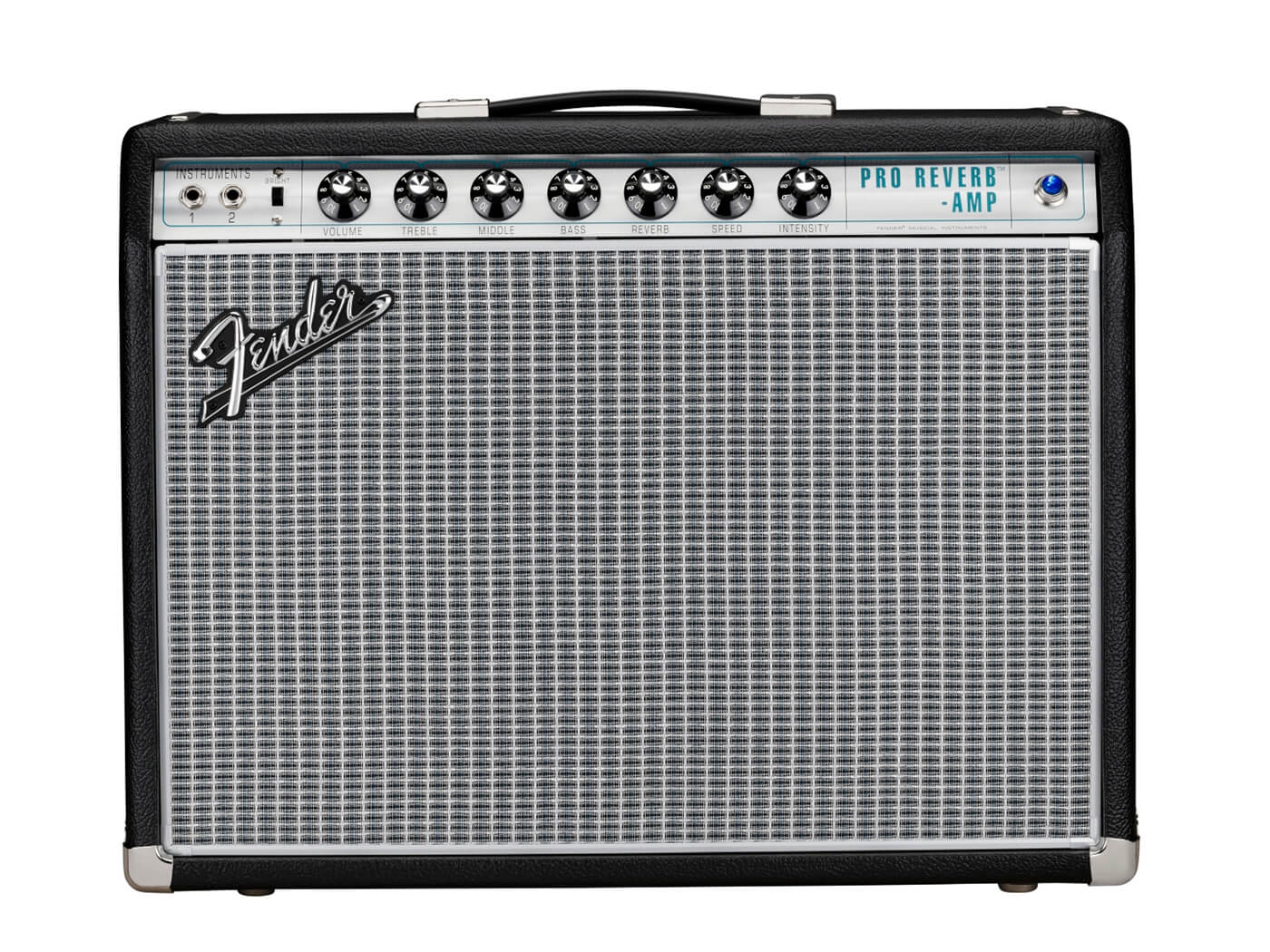
+ Excellent bias tremolo sounds
+ Long-tank reverb great for immersive, ambient tones
– Single channel might leave you wanting
The ‘68 Custom Pro Reverb offers some absolutely sensational old-school Fender amp tones. With a tube-driven spring reverb tank and bias tremolo, there are of course classic surfy sounds on offer. But thanks to the long spring length, the amp is capable of edging into ambient territory – perfect if you want to downsize your board. Modern ambient washes certainly aren’t off-limits, too, thanks again to the long spring.
Because of the 40-watt power rating, lower volume settings give you a lot more clean headroom if you want to let drives and delays really speak for themselves, without everything descending into sonic mush.
Price: $1,299 / £1,349
Description: Single-channel 40-watt tube combo with tube-driven tremolo and reverb
Power rating: 40 watts
Speakers: 1×12” Celestion Neo Creamback
Tube or solid-state: Tube
Boss Katana 100 MkII 2×12 combo
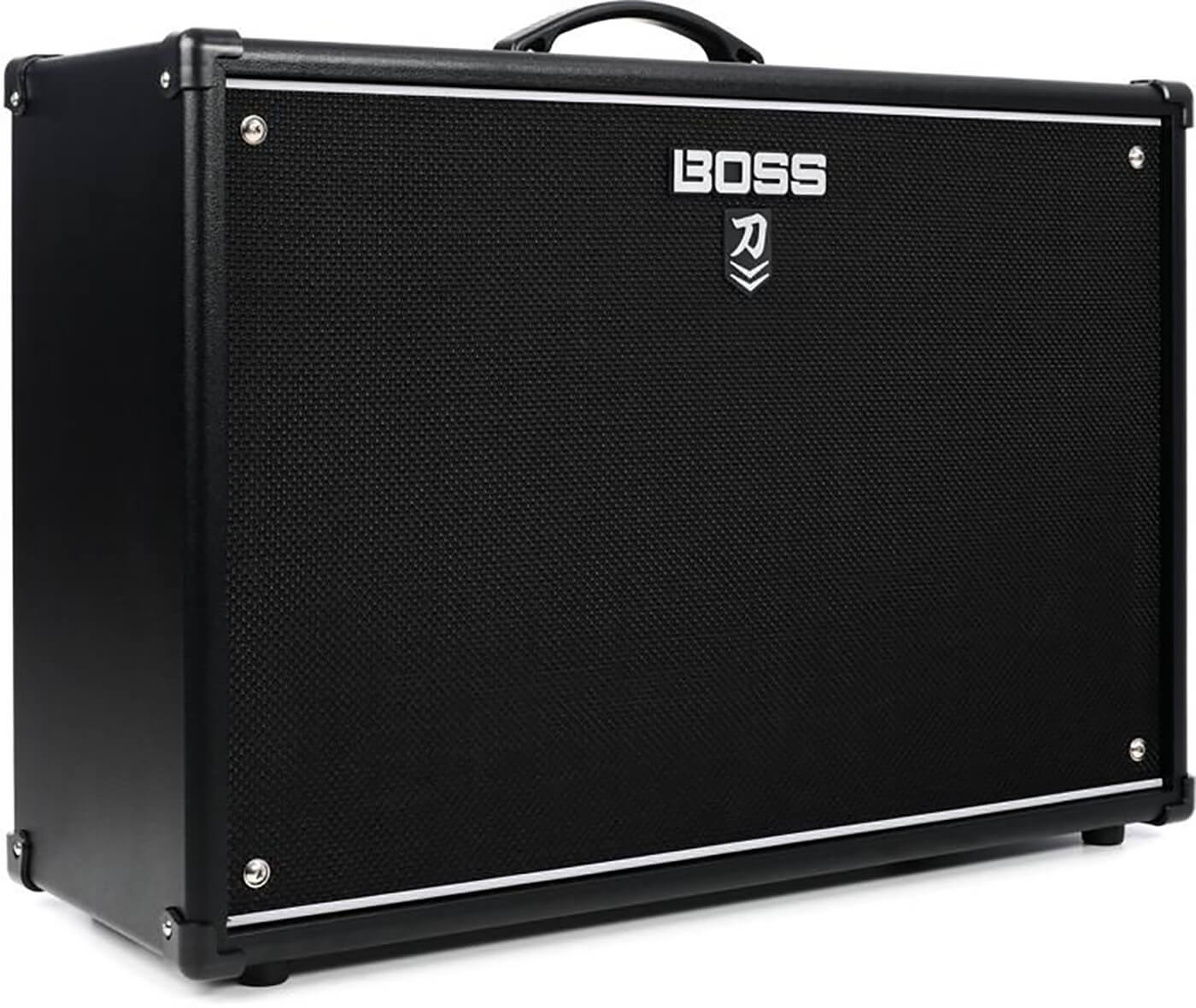
+ Lots of control with clean solid-state power amp
+ Versatile with a wide range of sounds built-in
– Some may want to stick to tubes
The Katana MkII series boasts updated amplifier models, reliability and power. If you’re yet to collect a wardrobe full of effects pedals, there’s also a handful of onboard options available, and you can have five engaged at a time. There’s also double the number of amp sounds compared to MkI, thanks to the new ‘Variation’ function. The high power lets you dial in a sound with plenty of headroom, and the direct-out can let you run straight into the board if stage volume has to be really low.
There’s an effects loop, too, and thanks to the neutral nature of the solid-state power-amplifier, you can get the core of your sound from a dedicated preamp pedal and plug straight into the effects return.
As there’s no tubes, the sound also stays consistent across the master volume sweep. At low volumes, it won’t sound choked-out or underpowered, but at higher volumes, you retain headroom and don’t have to worry about any power-amp distortion.
Price: $499.99 / £439
Description: Digital modelling combo with a wide range of amplifier models and effects
Power Rating: 100 watts
Speakers: Two custom 12” speakers
Tube or solid-state: Solid-state
Modellers and direct solutions
Strymon Iridium

+ Streamlined and efficient in its selection of tones
+ Realistic room ambience reverbs
– Might be too limited for some
Arguably one of the most important pedalboard amps to arrive in recent memory, as it upped the game when it comes to how much power is hidden under a relatively simple interface. That’s right, no menus here.
The Strymon Iridium puts three iconic amplifiers and nine different impulse response speaker cabinets at your disposal, all from the convenience of your pedalboard. The Room knob also allows you to control the level of natural room ambience and toggle between three room sizes (small, medium and large).
Price: £379 / $399
Description: Digital modelling pedal with screenless interface
Amp models: Three, plus three cabinet IRs
Walrus ACS1
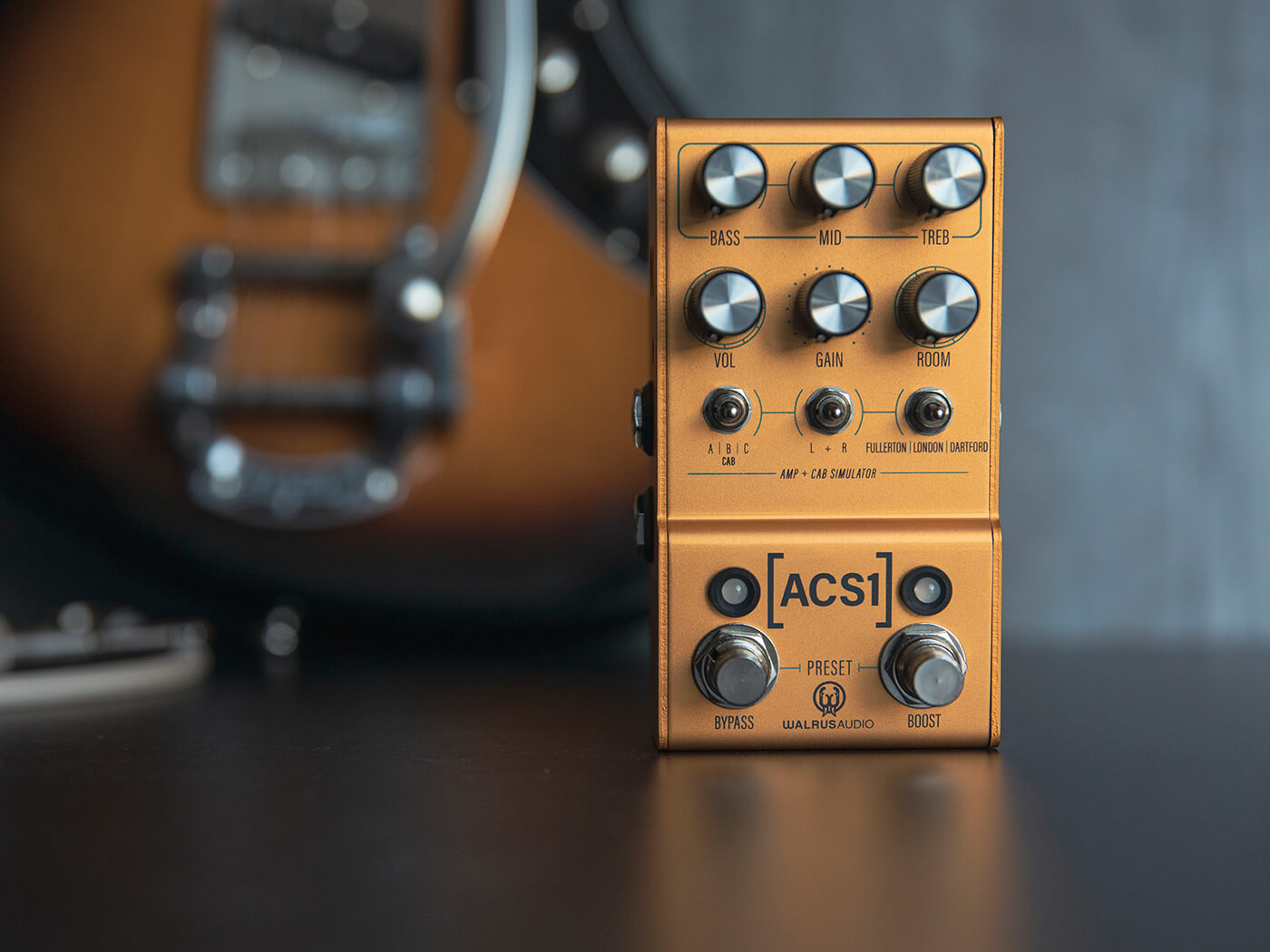
+ Lively and realistic amp models
+ Individually configurable stereo channels
– No XLR out
The third entry in the Mako series from Walrus Audio, the ACS1’s name helpfully stands for Amp and Cab Simulator. It’s essentially Walrus’ answer to the Iridium, packing down a direct solution into a pedal no bigger than your average Tubescreamer. There’s a selection of amps inspired by three stalwarts of the guitar world: Fullerton offers Fender-y cleans, Dartford some AC30 bite and London brings Marshall roar. For even more flexibility, you can even load in your own cabinet IRs on top of the six stock options.
Excitingly, amplifier models can be chosen independently for the left and right channels, boiling down a dual-amp stereo rig into something that fits in the front of your gig bag. While it might not power a speaker cabinet by itself, it’s a great option for running directly into the front-of-house.
Price: £365 / $399
Description: Digital amp and cabinet simulator pedal with screenless interface
Amp models: Three, with six cabinet IRs
Line 6 HX Stomp
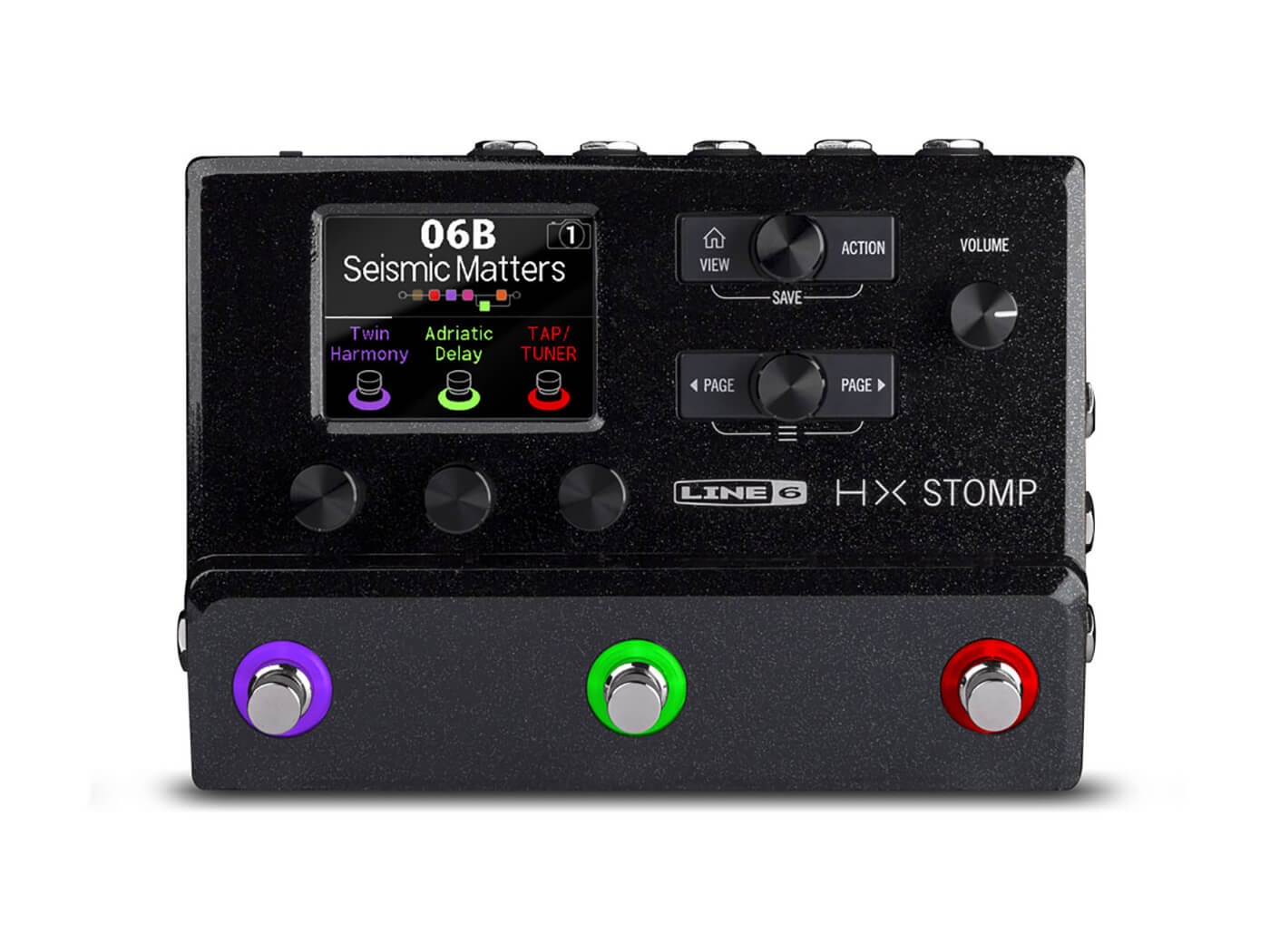
+ Powerful processing for such a small unit
+ Versatile connections
– Number of effects you can use simultaneously is limited
As powerful as it is compact, the HX Stomp uses the same Helix DSP engine found in Line 6’s other effects units. This means you can use six simultaneous amp, cab, and effect blocks, with support for parallel signal splitting and stereo effects.
Those looking for a flexible piece of kit will be pleased to hear that the HX Stomp – as much as it can be a complete rig in and of itself – will happily sit in front of an amp or other ‘regular’ pedals. The “four cable method” also allows you to use the HX Stomp simultaneously in front of an amp and in its effects loop. This means that if your amplification situation ever changes, what was once your entire rig can be repurposed as a fully-fledged multi-effects.
Price: £429 / $599.99
Description: Digital modelling stompox with extensive deep-editing support
Amp models: Over 300 amp and cab models, with support for custom IRs
Neural DSP Quad Cortex
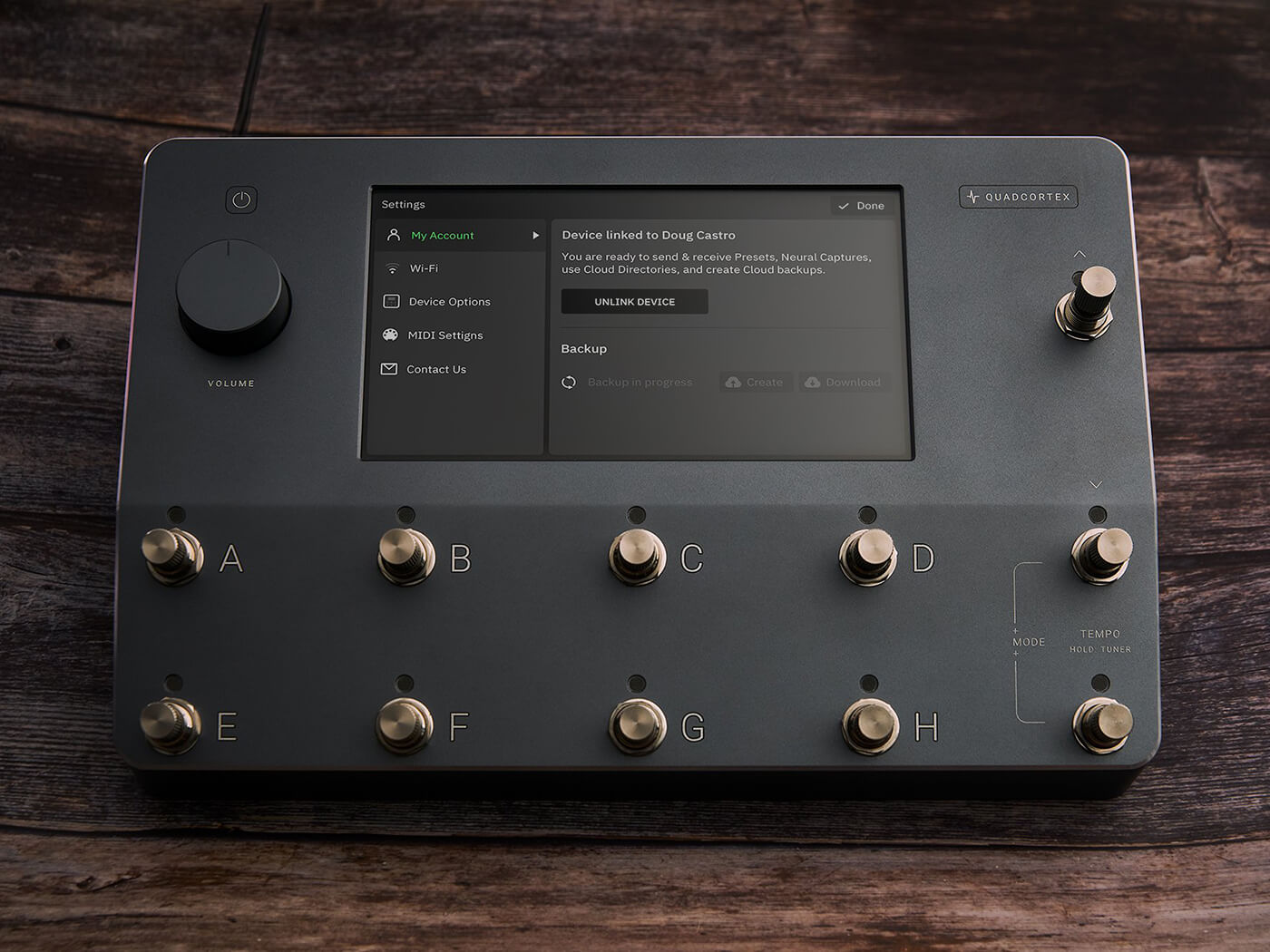
+ Tons of processing power
+ Can profile a pedal accurately
– Not for the menu-averse
The latest from digital modelling giants Neural DSP, the Quad Cortex spares no expense when it comes to processing power. A sleek, black enclosure houses enough CPU muscle to run a plethora of effects and amp models in series or parallel. The only real limitation to the sound you want to coax out of it will be option paralysis: on top of 50 amps, 70 effects and 1,000 impulse responses, the Quad Cortex can profile your favourite stompboxes. Perfect if you want to keep experimenting with your pedals at home, while bringing something a little more compact to church.
Like the HX stomp, it’s perhaps not for the menu averse – but its tweakability means you can recall endless presets to change sounds completely at the press of a footswitch.
Price: £1,599 / $1,849
Desription: Powerful floor-based modelling unit with deep-editing support
Amp models: Continually-growing library of over 1,000 models, plus ability to capture your own gear
Kemper Profiler
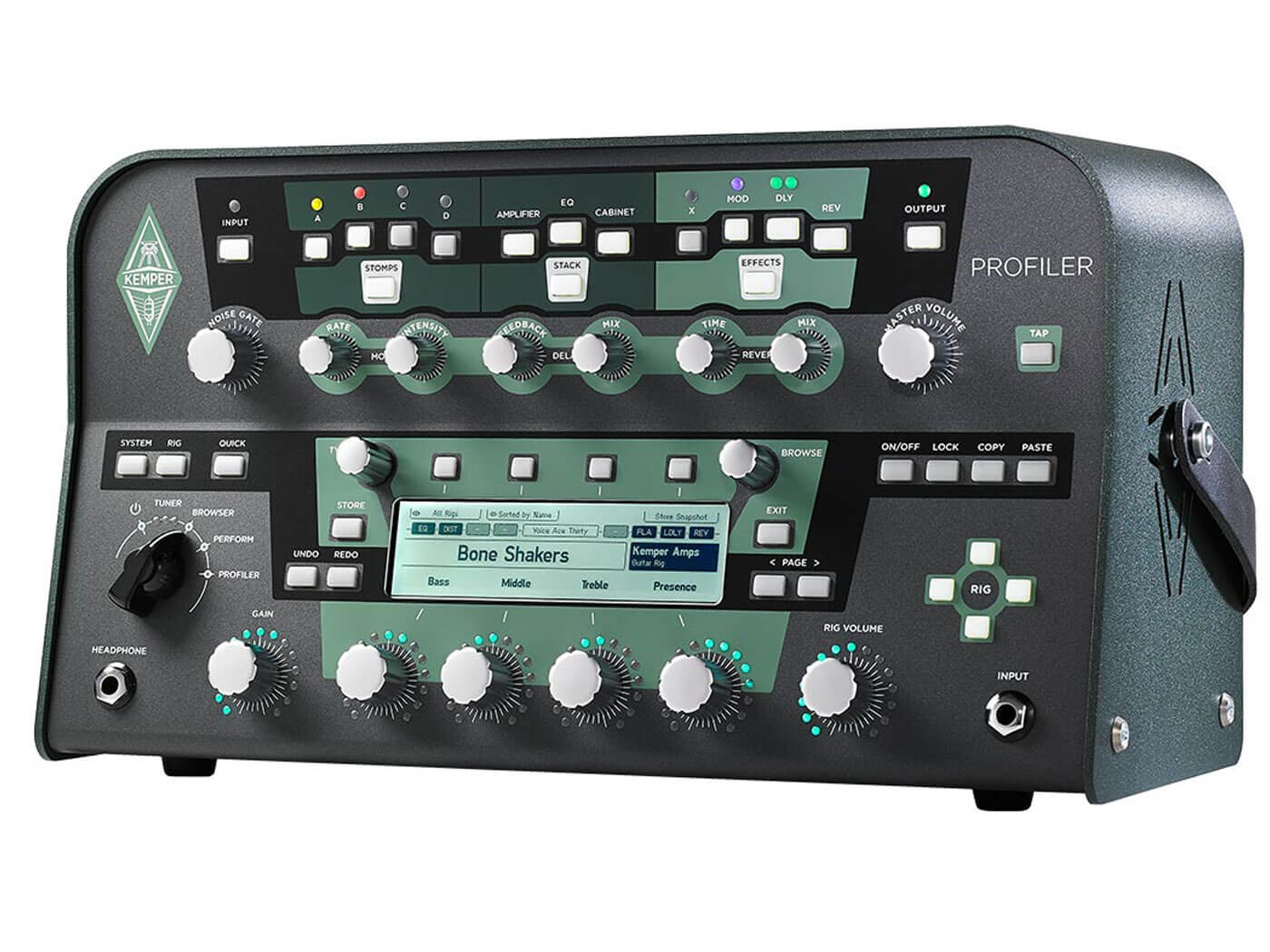
+ A massive sound-bank
+ Easy to get going and you can treat it just like any real tube amp
– No software editor
The Kemper Profiler is one of the best-known modelling amplifiers. With an endless library of pre-made rigs available through the Rig Manager, getting a ‘finished’ sound is easy. But for the knob-tweakers, there’s a huge amount of control offered over your sound. For praise and worship specifically, the on-board effects let you craft everything from sparkly clean tones to huge, enormous ambience with shimmery reverbs and precise digital delays.
You can, of course, also profile your own amplifiers. So if you’ve been told to turn down one too many times, but don’t want to abandon your favourite amplifier just yet, creating a profile of it using the Kemper could be the way to go.
Price: £1,799/$2,800
Description: Modelling amplifier head
Amp models: 200, plus ability to profile your gear and download profiles
